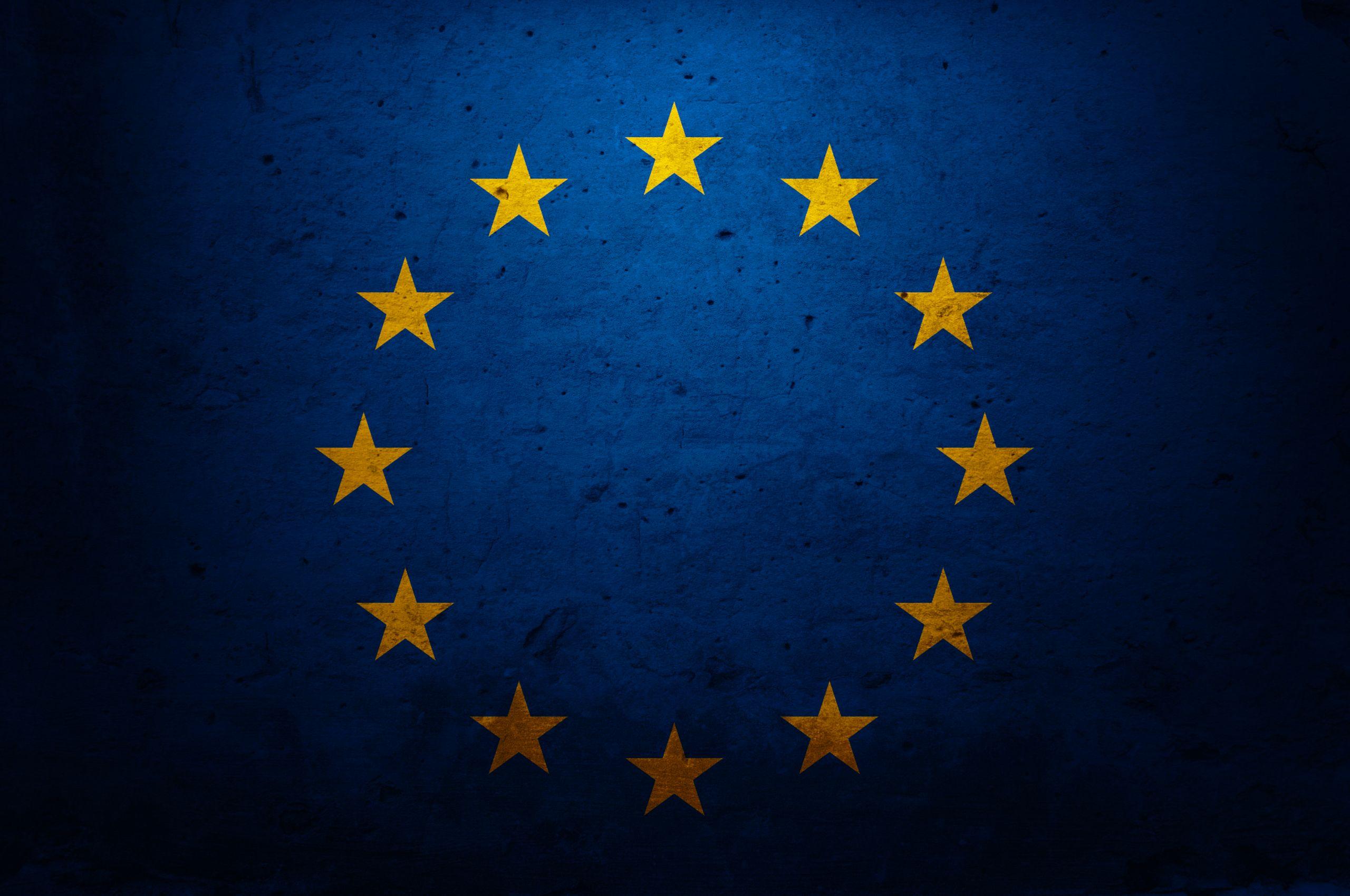This week in Indonesia the G20 health and finance ministers will consider critical issues related to health system resilience, pandemic preparedness and the future financing of the global response mechanism to defend the world against the next pandemic. At the end of this month, heads of government of the G7 will have to address broadly the same issues.
At the core of these discussions is the urgent establishment of a new Financial Intermediary Fund (FIF) for pandemic preparedness and response to close the annual additional $10.5 billion gap
At the core of these discussions is the urgent establishment of a new Financial Intermediary Fund (FIF) for pandemic preparedness and response to close the annual additional $10.5 billion gap in pandemic preparedness and response (PPR) globally.
One of the many lessons we have learnt from this pandemic is that we must have a sustainable, accountable and agile means of funding PPR that is truly additional to and complementary to existing global health financing mechanisms, such as the Global Fund, and critically, is governed inclusively by the Global North and South. Meaning how can future funds allow for more adequacy amongst the global North and South.
Future surveillance mechanisms and a pandemic fund need to focus on diseases with pandemic potential beyond COVID-19
The G20 ministers and G7 heads of government attending these meetings must remember that as of April 2022, only around 12 percent of the population of low-income countries were fully vaccinated against COVID-19 and the 70 percent vaccination target globally is still a long way from being realized.
As of April 2022, only around 12 percent of the population of low-income countries were fully vaccinated against COVID-19
They must also include into their discussions that while COVID-19 has been the overwhelming focus of attention, The World Health Organization (WHO) reported that 10 million people fell ill with tuberculosis and 1.5 million died from the disease in 2020, and HIV and Malaria continue to be a major challenge for many low- and middle-income countries.
By 2050, the silent pandemic of antibiotic resistance is expected to kill more people than cancer and road traffic accidents combined, and is a significantly rising concern that needs to be integrated into future pandemic surveillance and early warning programs.
With the massive socioeconomic cost of the COVID-19 pandemic, finance ministers and central bank governors have recognized that the cost of investing in health systems resilience is massively more cost effective than mitigating the consequences of failure to make an investment.
The cost of investing in health systems resilience is massively more cost effective than mitigating the consequences of failure to make an investment
Almost 2.5 years into the pandemic, all studies and gap analyses by the WHO, the G7, the G20, multilateral development banks and global initiatives have highlighted the same: Future financing mechanisms need to focus on diseases with pandemic potential beyond COVID-19. It is now time to combine all these lessons learnt into concrete and joint actions.
Future financing mechanisms need to focus on diseases with pandemic potential beyond COVID-19. It is now time to combine all these lessons learnt into concrete and joint actions
The G7 and G20 need a Finance and Health Stability Board
Given the significant and demonstrable return on investment and value in health systems strengthening and PPR, what should be the concrete outcomes of the June 2022 round of G20 and G7 meetings?
G20 leaders must institutionalize the health, finance ministers and central bank governors’ dialogue, through the creation of the equivalent of the FSB. This is the only way that accurate data sharing, meaningful coordination and rapid response to prevent the next crisis can be achieved. The G20 Joint Finance and Health Taskforce can be taken to the next level, with a transparent, inclusive governance structure and secretariat and can quickly evolve into the Finance and Health Stability Board (FHSB).
The G20 and G7 must ensure that the governance and financing issues associated with the FIF are resolved immediately. The fund should be located at the World Bank, but the fund’s technical and operational aspects require the WHO to play a central role.
An inclusive health financing fund beyond outdated official development assistance models
Many low- to middle-income countries and low-income countries are facing debt default in the coming months, because they have had to borrow during the COVID-19 crisis.
G20 and G7 leaders must recognize that the instruments deployed by the FIF will be of little value if they simply add to the sovereign indebtedness of fragile economies.
G20 and G7 leaders must recognize that the instruments deployed by the FIF will be of little value if they simply add to the sovereign indebtedness of fragile economies.
The International Monetary Fund, the World Bank and the Paris Club must bring in a package of measures that conditionally assist vulnerable countries to take advantage of the Financial Intermediary Fund, while restructuring the sovereign debt burden so many are tackling today.
Finally, the G20 and G7 leaders need to agree a new common taxonomy on defining and measuring the value and outcomes of investments in health system strengthening. The EU is establishing such a regime for climate change disclosures — it is essential a similar regime is established for the One Health Approach, to give confidence that these investments are producing demonstrable and measurable improvements.
The G20 health and finance ministers must also promote common investment metrics which can show clearly what the return on that investment is to the economy and the health of citizens.
These metrics are already being deployed by governments around the world, including G7 presidency Germany. Other tools such as the European Union’s health technology assessment can serve as an exemplar. Other existing economic models using indicators such as: the general value added, social impact and human capital can assess the socioeconomic value of investing in national and global health to better identify gaps and help reshape health investments in future.
War and disease — escalating poverty among the most vulnerable
Leaders this month will of course be focused on the consequences of the brutal invasion of Ukraine. It is now becoming clear that this appalling act of war will push approximately 263 million people around the world into poverty in 2022, as recently estimated by Oxfam. These are triggered by food security crises, supply chain disruptions, displacements and increasing living costs that in turn trigger the emergence of new health crises that will affect productivity and the socioeconomic stability of our nations.
War and disease are bedfellows that will lead to the emergence of new humanitarian and health crises that will only exacerbate the effects of COVID-19. The June G20 and G7 require G20 health and finance ministers and G7 leaders to align their agendas and go the final mile to complete their critical and historic job of securing the health security of humanity.



